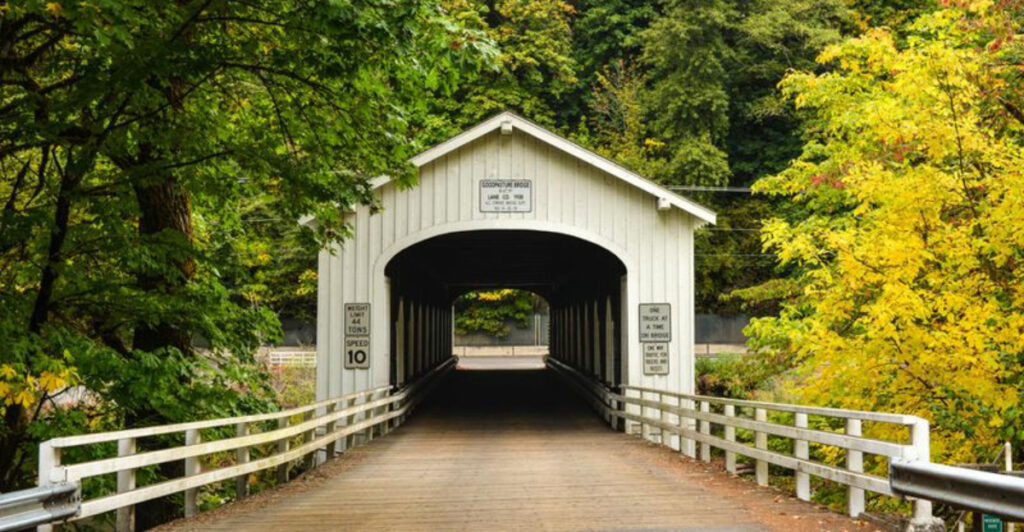Have you ever heard stories about Rainbow, Oregon being a place where every house is painted a different color? This small community along Route 126 in Lane County has a name that sparks colorful imagination. The truth about Rainbow is much more interesting than the myths suggest, with roots in natural beauty rather than painted buildings.
A Name Born From Nature’s Bounty
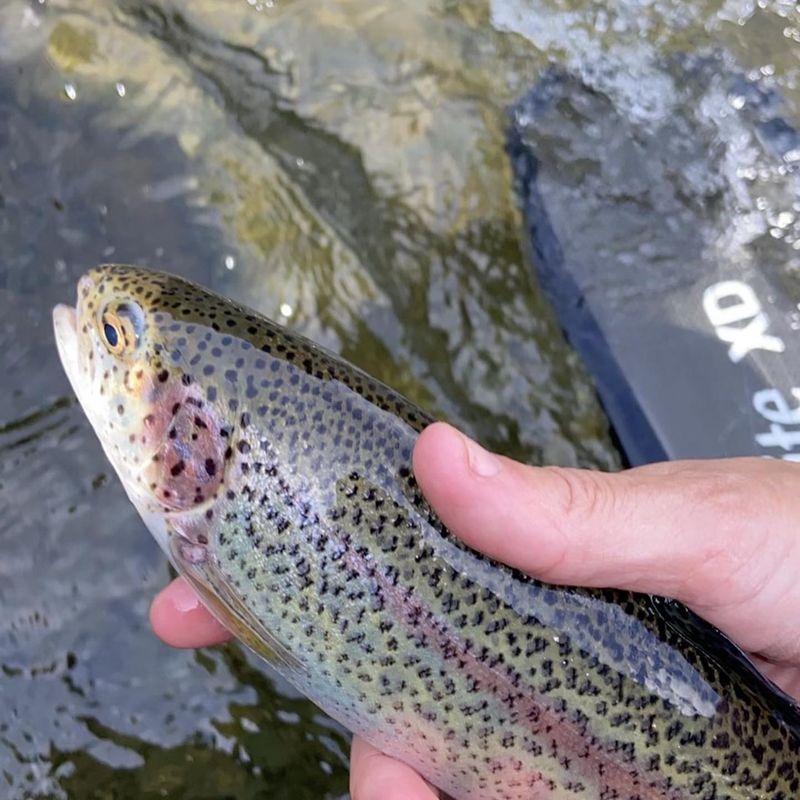
Contrary to what visitors might expect, Rainbow wasn’t named after colorful houses. The community earned its distinctive name from the vibrant rainbow trout swimming in the crystal-clear McKenzie River that flows nearby.
Local fishermen have long treasured these waters as prime fishing spots, with the iridescent scales of the trout flashing like living rainbows beneath the surface. When settlers established this small community in the early 20th century, the abundant fish population made such an impression that the name seemed perfectly natural.
Perched at 1,210 feet above sea level in the lush McKenzie River valley, Rainbow’s identity remains intimately connected to the waterway that gave it its colorful moniker rather than any painted structures.
Brief But Meaningful History
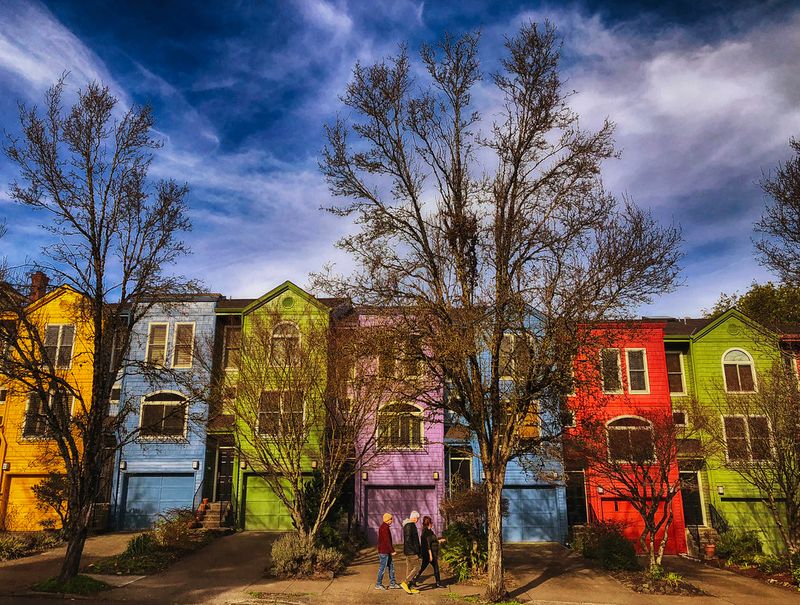
Rainbow’s official recognition came on July 1, 1924, when its post office first opened doors to serve the small but growing community. For thirteen years, this modest outpost connected the remote settlement to the wider world before closing in 1937.
During its heyday in the 1920s, Rainbow boasted amenities that seem charmingly quaint by today’s standards. Travelers along what would later become Route 126 could stop at Rainbow Camp for supplies, visit the general store, or even marvel at a small “travelers’ zoo” that showcased local wildlife.
Though its official presence was relatively short-lived, Rainbow’s significance as a waypoint in Oregon’s rural development created lasting ripples through Lane County’s historical landscape.
Belknap Bridge: The Area’s True Landmark

Just a stone’s throw from Rainbow stands the true colorful character of the area—the historic Belknap Covered Bridge spanning the McKenzie River. Built in the distinctive Howe-truss style, this wooden sentinel has watched over the waters since 1966, though earlier versions date back much further.
Floods, wear, and even accidents claimed previous iterations of the bridge, but locals always rebuilt this crucial connection. Its weathered red paint and wooden architecture create a striking contrast against the surrounding greenery and blue waters.
Now listed on the National Register of Historic Places, the bridge represents Lane County’s rich heritage of covered bridge construction—a region boasting more such structures than anywhere else west of the Mississippi River.
Gateway to Outdoor Adventures
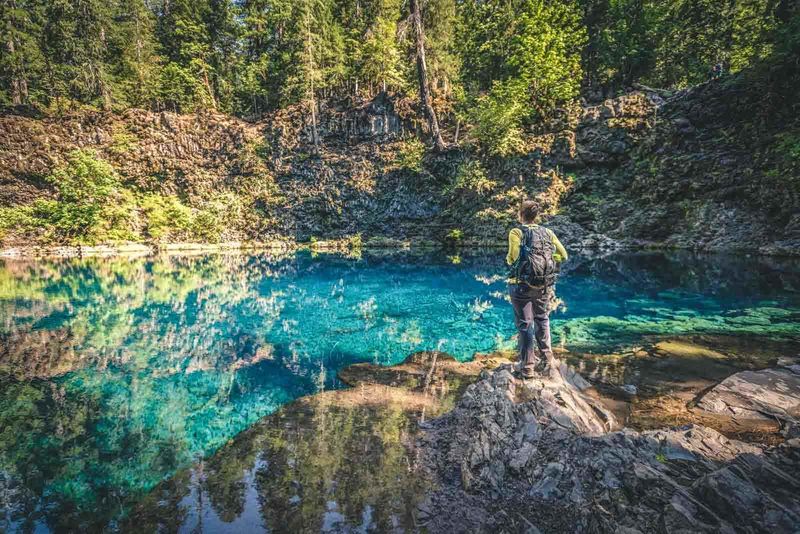
Rainbow serves as an unassuming portal to some of Oregon’s most spectacular natural playgrounds. Adventure seekers use this quiet community as a jumping-off point for exploring the McKenzie River watershed, with Cougar Reservoir just a short drive away.
Anglers cast lines for the very rainbow trout that gave the community its name. Hikers disappear into forest trails that wind through ancient stands of Douglas fir and western hemlock, while photographers capture the interplay of light through the canopy.
History buffs overlay modern adventures with explorations of the past by studying historical maps dating back to the 1930s, tracing forgotten mining camps, abandoned logging roads, and the evolution of trails that once served as lifelines for isolated communities.
The Painted Hills Connection Clarified
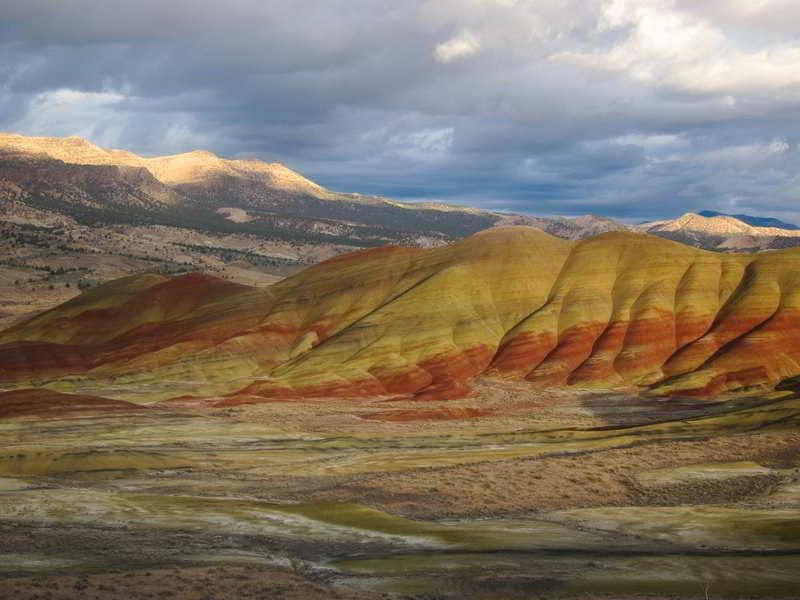
A common confusion arises when visitors hear about Rainbow, Oregon and the famous Painted Hills in the same conversation. Located approximately 200 miles east near Mitchell, the Painted Hills feature genuinely colorful geological formations with layers of red, gold, black, and tan stretching across the landscape.
These natural wonders form part of the John Day Fossil Beds National Monument and have no direct connection to Rainbow. The hills’ vibrant layers reveal millions of years of Earth’s history through sedimentary deposits and mineral variations.
While Rainbow’s name might suggest a connection to these colorful landmarks, they exist in entirely different counties—Rainbow in Lane County and the Painted Hills in Wheeler County—separated by mountain ranges and centuries of different geological processes.

